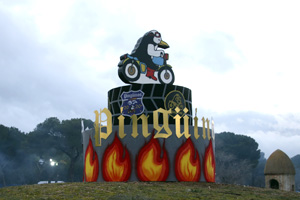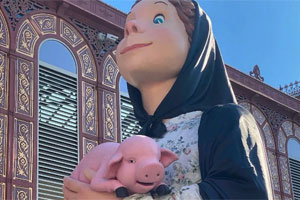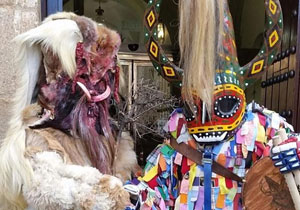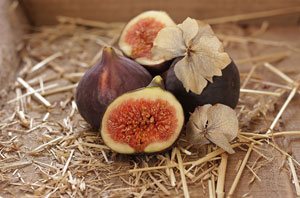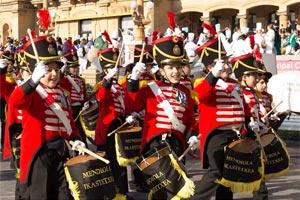Festivities of San Martin in Xerta

Do you know Xerta in the province of Tarragona? One of its most emblematic popular festivals is the Fiestas de San Martin in Xerta. Come and enjoy four wonderful days of music, joy and fun, in honour of Saint Martin, the patron saint of this municipality.
What are the Fiestas of San Martin in Xerta?
The Fiestas de San Martin in Xerta are the main festivities of the town of Xerta in the province of Tarragona dedicated to its patron saint Saint Martin, whose saint is celebrated every 11 November. Saint Martin is the patron saint of travellers, soldiers, weavers and textile manufacturers.
How are the Winter Festivals celebrated in Xerta?
The programme of the Xerta Winter Festival includes various activities and events for people of all ages, with lots of music and fun:
- Mass, procession and floral offering, in honour of Saint Martin.
- Children's games.
- Parades.
- Puppet shows.
- Exhibition of traditional costumes.
- Traditional events: heifers through the streets, Jota Xertolina dance, popular stewed ox dinner.
- Orchestral dances.
- Concerts.
- Competitions.
- Bullfighting events, calf races, bulls on a stake.
Amongst the traditional events in this municipality, the dance of the Jota Xertolina stands out, a tradition that has been revived in recent years by the "Amas de Casa" (Housewives). The "xertolins" gather in the main square of Xerta, dressed in the typical dress of the town.
What else can you see in Xerta?
It is worth visiting these places in Xerta, in Catalonia:
- Azud Tivenys: it is a dam built by Arab engineers in the 15th century. It is a real natural spectacle to see its waters cascading down, especially at the beginning of spring.
- Church of the Assumption: a religious building built in the 15th century. The original chapel was enlarged and completed in 1690.
- La Foradada: for mountain lovers, this is an excellent place, from where you can see the Ebro delta, the village of Sant Carles de la Ràpita and the Godall mountain range.
- Other places to visit: the Azud Tivenys dam has some annexed constructions: the breakwaters, the old flour factory and the mill, which conserve some elements dating from the date of its construction (1575). At the end of the 19th century it was used as a power station, being one of the few industrial buildings from the Renaissance period in Catalonia.
Xerta's gastronomy
The traditional gastronomy of Xerta is characterised by the use of agricultural products from its own land, as well as the characteristic game animals of the municipality. These are some typical dishes:
- Ametllats: this is a delicious meringue, prepared with small pieces of almonds that are lightly baked in the oven. They have a crunchy texture.
- Casquetes: these are a kind of sweet pastry, made with a paste of flour, muscatel and aniseed, filled with angel's hair.
- Conejo a la cazuela: a simple stew prepared with rabbit meat, potatoes, carrots and mushrooms.
- Fogasseta: this is a traditional sandwich prepared with an individual, flat, circular bread roll. It is filled with an omelette made with seasonal products: garlic, sausage and artichokes.
- Pickled partridge: a dish prepared with fresh wild partridge meat, garlic, carrots and white wine.
- Turrón de Xerta: this is a typical sweet, brittle in appearance and circular in shape, with a filling made from toasted hazelnuts, honey, sugar, egg whites and cinnamon.

